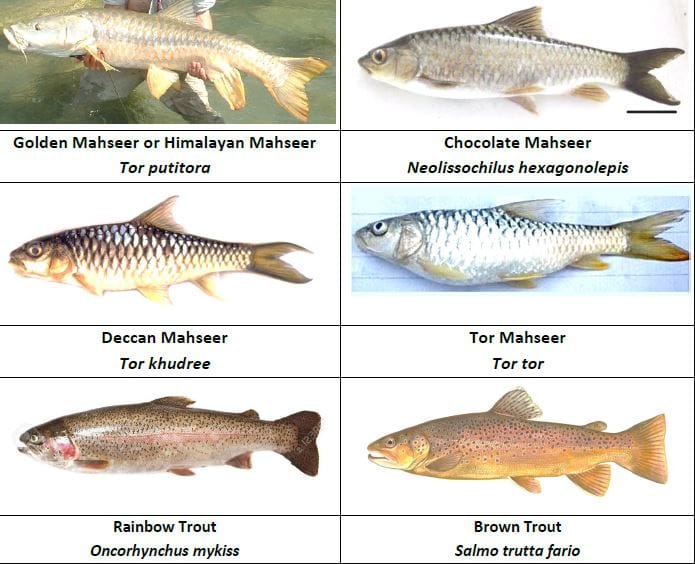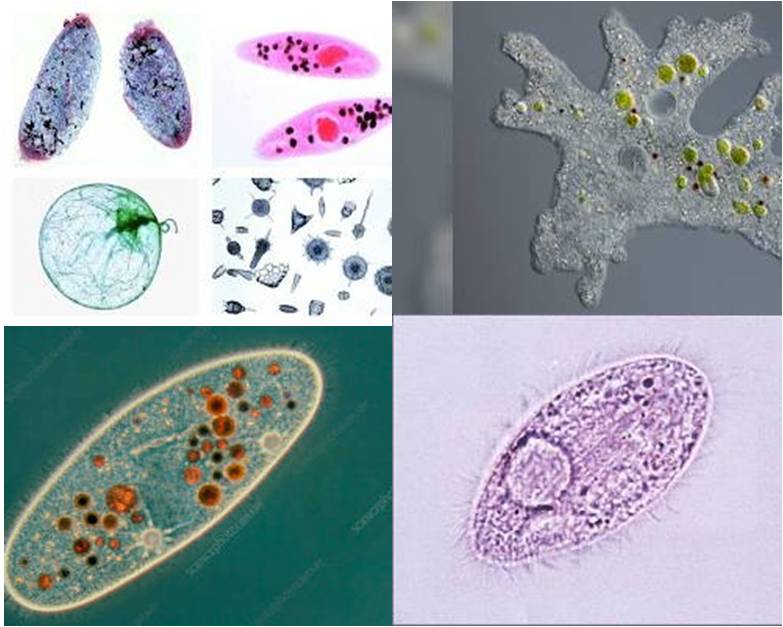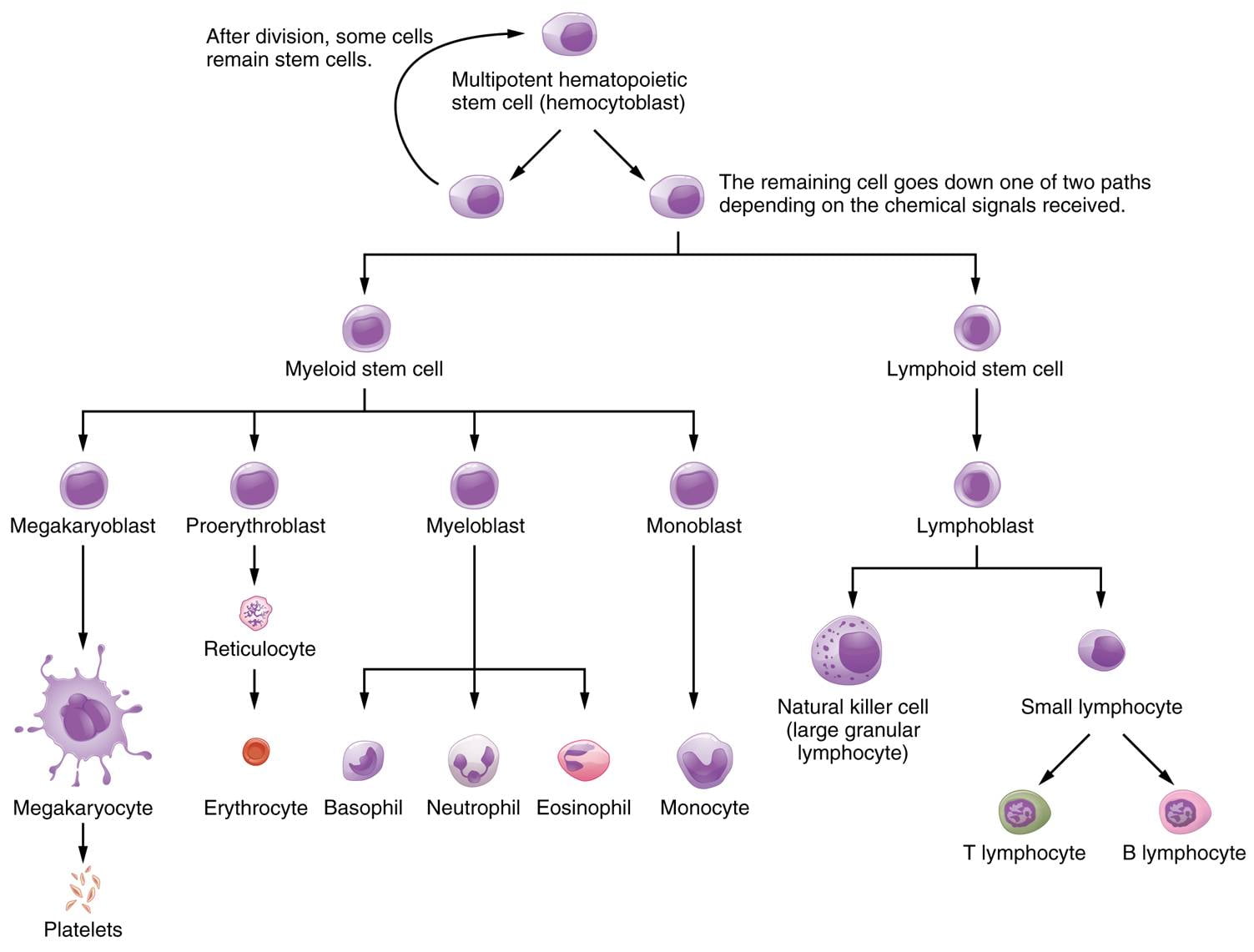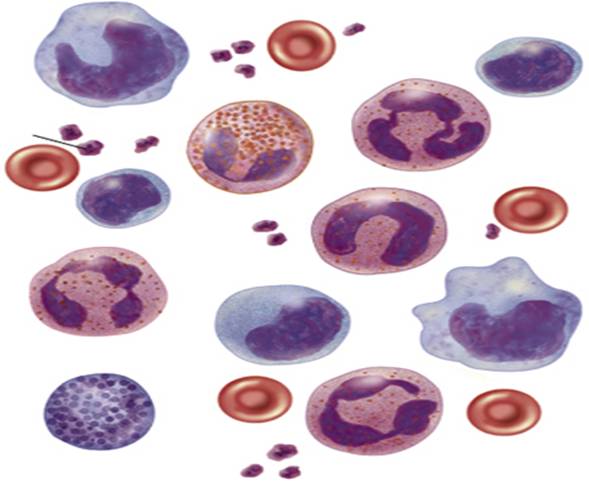Anticoagulants and Related Substances: The intricate process of blood clotting makes sure that our bodies can stop excessive bleeding and mend wounds. But occasionally, things can go wrong with this process, resulting in the production of dangerous clots that can cause illnesses that are potentially fatal. In order to preserve a delicate equilibrium and allow for vital healing, anticoagulants and related compounds are essential. Blood thinners, also known as anticoagulants, are a class of drugs that are vital in preventing blood clots from forming in the circulatory system. Severe medical issues such deep vein thrombosis, heart attacks, and strokes were caused by it. This article discusses anticoagulants in a variety of medical applications, along with related compounds like EDTA, oxalates, double oxalates, fluoride, acid citrate, and dextrose trisodium citrate heparin.
Anticoagulants and Related Substances
Anticoagulants and related substances work through different mechanisms to prevent clot formation. Some inhibit clotting factors directly, while others bind to calcium ions, essential for coagulation. By disrupting these processes, these substances maintain the fluidity of blood.
1. EDTA (Ethylenediaminetetraacetic Acid)
EDTA is a chelating agent commonly used to bind metal ions, making it valuable in medical settings such as treating heavy metal poisoning and as an anticoagulant in blood collection tubes. It prevents blood clotting by binding calcium ions necessary for the coagulation process.
2. Oxalates and Double Oxalates
Oxalates and double oxalates are compounds found in foods and the human body. While excessive consumption can lead to kidney stone formation, their anticoagulant properties are utilized in laboratory settings for blood preservation and testing. ‘Anticoagulants and Related Substances’
3. Fluoride
Fluoride is known for its role in dental health, but it also functions as an anticoagulant by inhibiting certain enzymes in the blood coagulation cascade. Its use in laboratory studies contributes to accurate blood analysis.
4. Acid Citrate
Acid citrate solutions are commonly used in blood banks to prevent clotting during the storage of blood components. The citrate binds calcium ions, which are necessary for clot formation, maintaining the fluidity of stored blood.
5. Dextrose Trisodium Citrate
This complex compound is used as an anticoagulant in blood collection and medical procedures. It prevents clotting by inhibiting thrombin and other clotting factors.
6. Heparin
Heparin, often used in hospital settings, such as Enoxaparin, work rapidly to prevent clotting. They are often used in situations where immediate anticoagulation is necessary, such as surgery or treatment of certain medical conditions. ‘Anticoagulants and Related Substances’
Mechanism of Action of Anticoagulants
Anticoagulants exert their effects through various mechanisms, primarily targeting factors in the coagulation cascade. These substances interfere with the clotting process, reducing the risk of unwanted clot formation. ‘Anticoagulants and Related Substances’
Conclusion
In the field of medicine, anticoagulants and related compounds are essential for preventing disorders linked to blood clots and guaranteeing precise results from laboratory tests. Every ingredient has a specific function in medical procedures, ranging from conventional anticoagulants to substances like EDTA, oxalates, double oxalates, fluoride, acid citrate, dextrose trisodium citrate, and heparin. To ensure you make well-informed judgments, speak with a healthcare provider if you have any questions regarding the uses of these medications or if you need their expertise for any medical endeavors. ‘Anticoagulants and Related Substances’
FAQs About Anticoagulants and Related Substances
Q1: Can these substances cause side effects?
A1: Yes, like any medical treatment, these substances can have side effects. It’s important to follow medical guidelines and consult a healthcare professional if you experience any adverse reactions.
Q2: Are these substances safe for everyone?
A2: Different individuals may have varying sensitivities. Medical professionals consider factors such as medical history, current health conditions, and medications before using these substances.
Q3: Can these substances be used outside of medical settings?
A3: Some of these substances, like oxalates, are naturally occurring and can be found in certain foods. However, using them as anticoagulants requires precise dosing and medical supervision.
Q4: Can these substances be found in everyday items?
A2: Yes, some substances like fluoride are commonly found in toothpaste. However, their medical applications require precise dosing and expertise.
Q5: How do acid citrate solutions prevent blood clotting in storage? A5: Acid citrate binds calcium ions, essential for clotting. By doing so, it ensures stored blood remains fluid and viable for transfusion.







